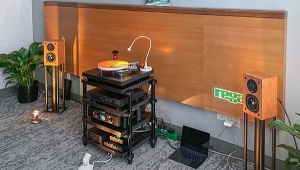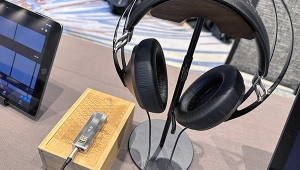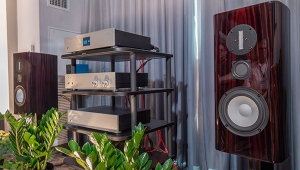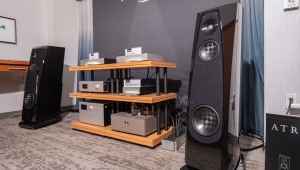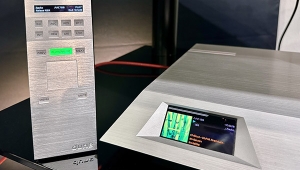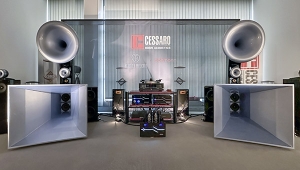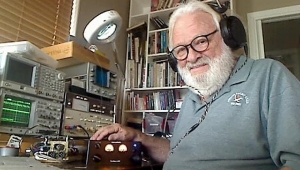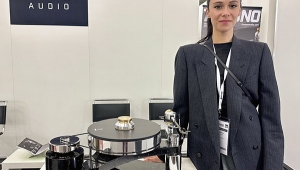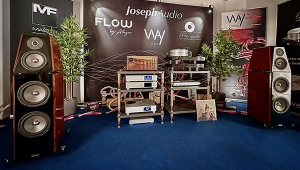| Columns Retired Columns & Blogs |
No!
You can't expect 24 speaker cones per channel to move precisely/exactly the same without any differences at all.
It's like listening to the "words/notes" of a single singer or musical instrument, then thinking 24 of them will be just as easy to hear the "words/notes", not going to happen, they will be smeared somewhat.
Cheers George



